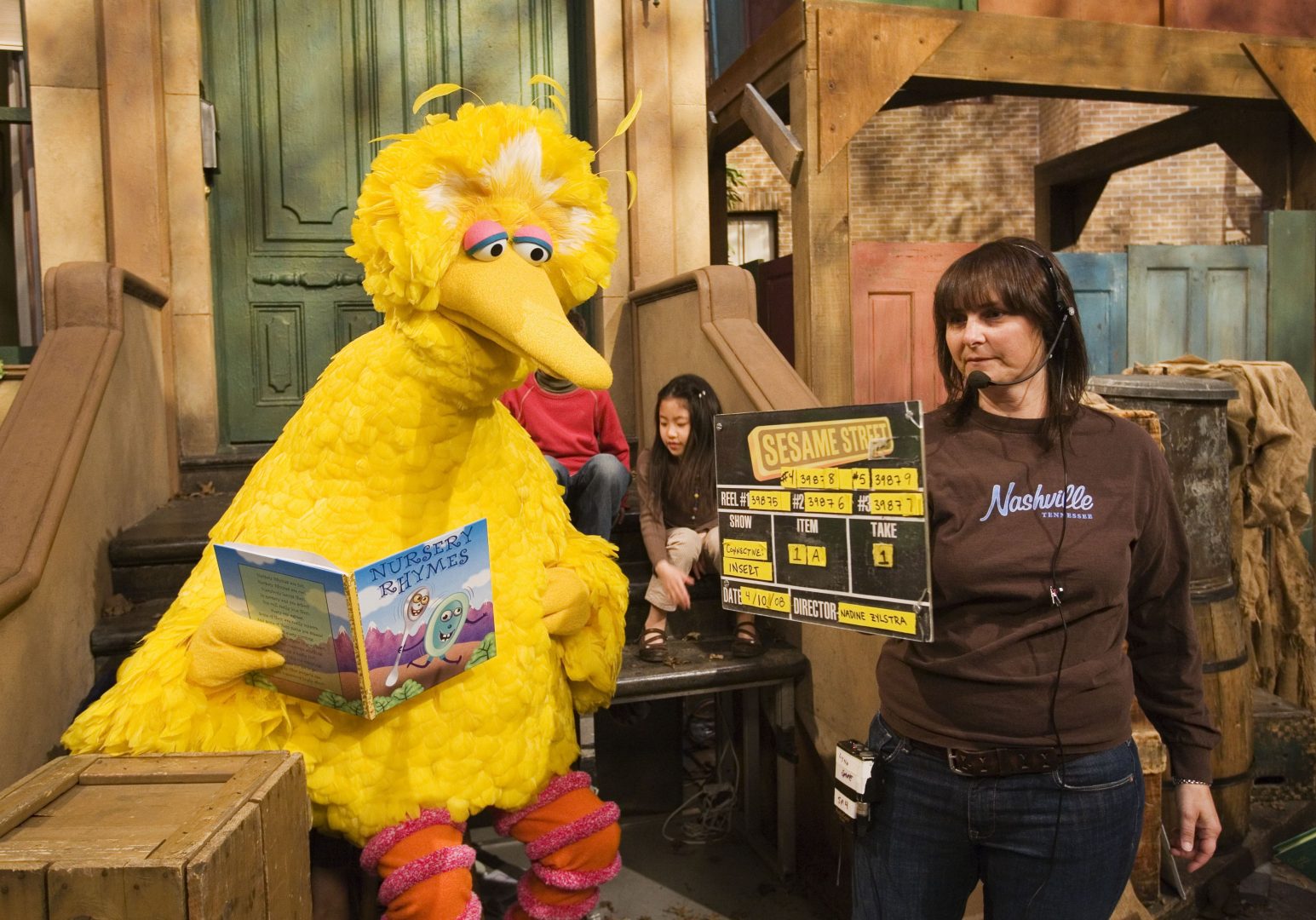
FILE - Public television stations across Pennsylvania have rebuilt their programming schedules to supplement public school curricula through the COVID-19 school closures.
Mark Lennihan / AP Photo

FILE - Public television stations across Pennsylvania have rebuilt their programming schedules to supplement public school curricula through the COVID-19 school closures.
Mark Lennihan / AP Photo

Mark Lennihan / AP Photo
FILE - Public television stations across Pennsylvania have rebuilt their programming schedules to supplement public school curricula through the COVID-19 school closures.
What you should know
» Coronavirus facts & FAQ
» Day-by-day look at coronavirus disease cases in Pa.
» It’s time to get serious about social distancing. Here’s how.
Pennsylvania’s public school system was never designed to pivot quickly to broad-scale digital learning; until last month, most parents and administrators probably never really thought it needed to be.
Then came the coronavirus pandemic, and the 2019-20 school year as we knew it — along with many other aspects of community life — came to a screeching halt.
Most central Pennsylvania school districts do now have plans in place to restart with some type of formal online instruction within the next two weeks; some already have.
But in the meantime, and perhaps as an ongoing supplement for the near-term future, a much more 20th century solution is being offered to fill the breach: the television set.
The state’s seven public television stations have essentially turned over their program day to education-focused content for what amounts to two school days in one.
Program blocks in the Harrisburg area, served by WITF, are reserved from 6 a.m. to noon and again from 3 p.m. to 5 p.m. for shows aimed at students in pre-k through the elementary grades; then from 6 p.m. to 11 p.m., PBS standards such as NewsHour, Antiques Roadshow and and NOVA are being packaged as instructional programming for middle and high school students.
In addition, the network will be running a fuller menu of round-the-clock grade school programming on its PBS kids network, and through streaming services available through the WITF website.
State officials are not looking to television as the primary source of learning for any communities, but it is a nice supplement -and may be more than that in districts were more households do not have Internet access. “It’s part of a multi-pronged strategy to help address the unique needs of schools as they build systems to maintain instruction during the closure,” Education Press Secretary Eric Levis said.
School buildings have been closed since the evening of March 13, when Gov. Tom Wolf announced an initial 2-week shutdown. He has since extended that shutdown through at least April 30, and there is no guarantee that schools will reopen then given the ongoing surge in COVID-19 cases around the state.
The Wolf Administration is strongly encouraging all schools to provide “continuity of education for all students in the most appropriate and accessible ways possible, while also honoring the Governor’s guidance for aggressive social distancing of at least six feet between individuals.”
Continuity of education is a term of art used to describe educational practices that occur in the event of a prolonged school closure.
The state has given local school districts the choice of doing that through a variety of forms ranging from online and digital learning opportunities to paper packets being distributed to students’ homes.
Some districts have struggled to develop an online solution – either because of concerns that not all students have Internet access; and the sheer difficulty of quickly moving to a cyber-instruction model at the drop of a hat.
State Education Secretary Pedro Rivera on Tuesday announced a number of other new resources that are being pushed out to the districts, including free access to online learning platforms “Odysseyware” and “Edgenuity” that offer k-12 coursework in English, Language Arts and Math and other subjects.
The department also allocated up to $5 million in grants for schools to purchase computer equipment, such as laptops, tablets and internet hot spots, or to use towards providing instructional materials such as paper lessons and coursework. The department will also allocate new federal monies to these grants as the federal appropriations become available.
Applications will be taken from April 6 through April 10, and schools with the highest percentages of students lacking access to resources will be given priority in receiving the grants, Rivera said.
The PBS stations do largely answer the access question. Together, they say the public television network in Pennsylvania reaches over 12.4 million of Pennsylvania’s 12.8 million residents.
At least one midstate district has been quick to embrace the public broadcasting lifeline.
Since Monday, teachers in Harrisburg city schools have encouraged students to watch the WITF programming, which district officials said tie into big ideas built into the school district’s curriculum. Parents can then have their children write about what they learned to further reinforce lessons.
The district is offering academic enrichment programs online, but a recent technology survey revealed about 67 percent of students have access to a device and an internet connection. So going forward with an online model only would leave one-third of kids behind, said Harrisburg Acting Superintendent Chris Celmer.
Even if the district received a grant to buy technology, there still would be additional barriers to providing instruction online, Celmer said, including teaching students how to use unfamiliar devices, teaching teachers how to deliver content in this new way and having enough information technology resources to deal with expected problems and questions.
PennLive and The Patriot-News are partners with PA Post.
The days of journalism’s one-way street of simply producing stories for the public have long been over. Now, it’s time to find better ways to interact with you and ensure we meet your high standards of what a credible media organization should be.